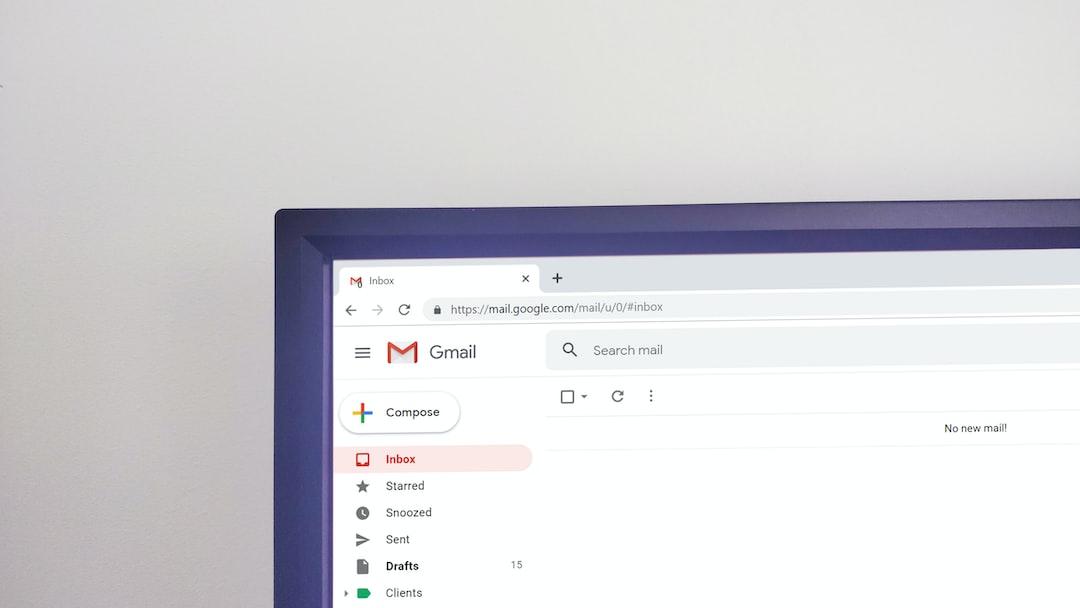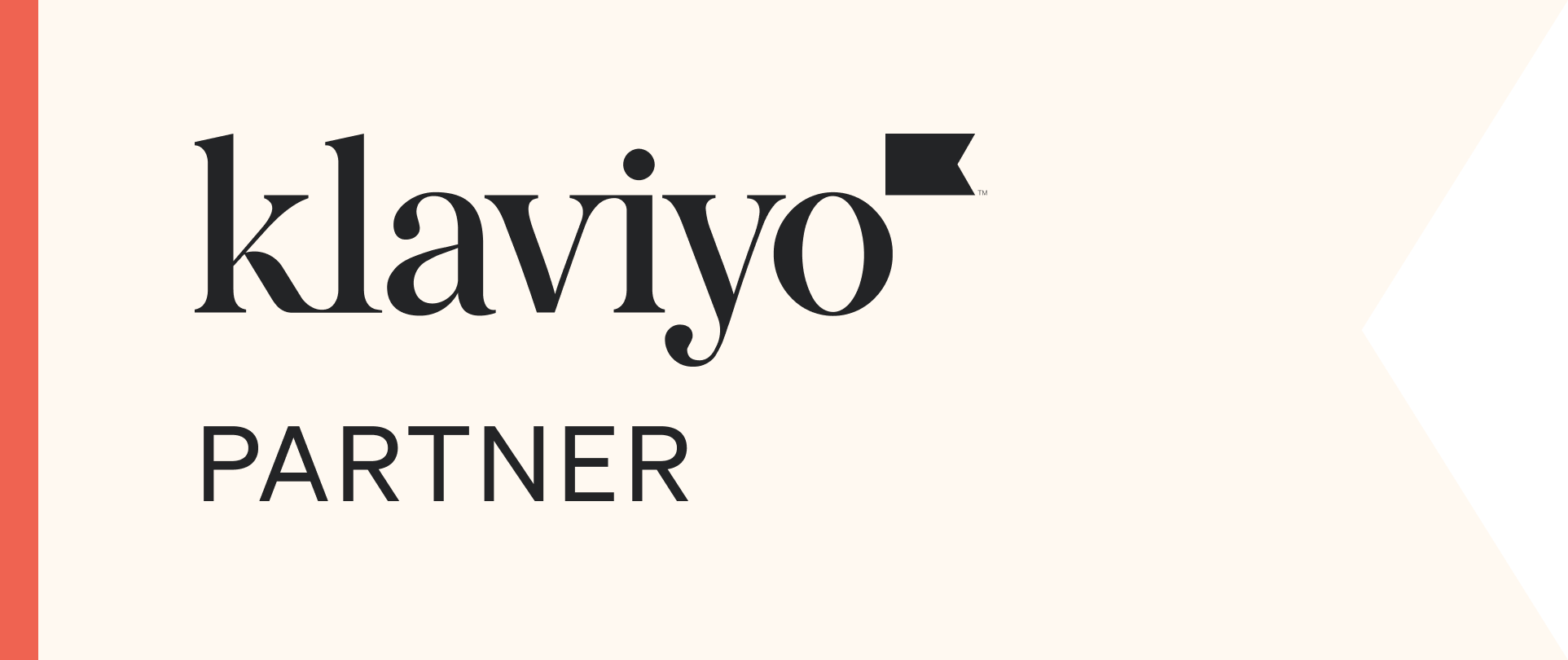Re-Engagement Email Strategy To
Win Back Inactive Subscribers
Email marketing is all about - engagement, personalization, relevance & timing. Well, it’s not as easy to achieve all as it sounds. However, you can see engagement as the best indicator of your subscriber’s feelings about your brand. How much your subscribers like your product/service or likely to choose you to do business with your company, will decide how good are you at keeping an engaging relationship with them.
When it comes to engaging your inactive subscribers, you need to measure all sorts of metrics like page views, time on site, open rates, click-through rate, click-through open rates and alike so that you can improve your email marketing strategy in order to win them back and ensure they keep engaging with you.
Re-engagement email strategy is the most under-utilized but a very powerful email program that you can think of as a brand (big or small). Most of the brands focus on building their customer base, driving engagement and generating sales & revenue, without even understanding what their audience actually wants and why they subscribed to them.
Most of the marketers & brands still invest more time, money and effort in acquiring new customers than in retaining and re-engaging existing ones. If you think thoroughly, the cost of reactivating is much cheaper than acquiring a new customer. As a matter of fact, marketers usually spend a huge amount of resources to generate email subscribers, so it’s really surprising to see a lot of brands making do without the clear re-engagement strategies that target inactive subscribers.
Now, unless those inactive subscribers are literally dead and gone, it’s such a tremendous waste of resources to just allow all these leads to go cold without sufficient intervention — plus, it’s a risk of treating the same inactive users with the same promotional strategy because one size fits all will not work here. It could have a negative impact on open rates, click-to-open rates, email deliverability, and sender reputation.
Another aspect of implementing a re-engagement strategy is to avoid hitting spam traps which could become a bottleneck in delivering emails to customer’s inboxes. For ISPs like Gmail, it’s all about engagement and behavioral triggers which their filters keep monitoring every second.
Over a period of time, if you keep on focussing driving business by acquiring new customers and forget retaining the existing ones, the engagement tends to go down and that’s where inactive emails will turn to spam traps (recycled), which is not a good sign.
To re-engage people, it’s important to understand why they have stopped engaging with your emails in the first place. It’s usually one of these reasons:
- Too many emails
- Clickbait subject lines
- Confusing design
- Not optimized for mobile
- Repetitive or irrelevant content
- Only sign up for a one-time offer
There are certain parameters to be taken into consideration before implementing the strategy because deliverability might get impacted if we fail to follow the right re-engagement practices.
1) Time frame (Last 30 days, 60 days, 90 days or 180 days)
2) Communication Strategy
3) Personalization
4) Frequency
5) Automation
Also, in order to build a strong re-engagement strategy, understanding of data is as important as building data and for that, you need to know:
- who your customers are,
- where they come from,
- what they did or didn’t buy,
- how they can be grouped into segments,
- figure out their preferences and interests to be able to make targeted offers
You can spend a lot of money on acquiring new prospects but it’s easier and cheaper to retain existing customers than to acquire new prospects. That’s why it’s important for every brand to keep re-engaging with your email subscribers with a re-engagement email campaign strategy.
What could possibly be the reasons for your customers to churn:
- Their preferences/interests have changed
- They’ve changed the email addresses and have signed up for a new account
- They bought something because of a great deal you were offering
- Your emails might be falling into their junk mail folder
Other reasons may include:
- They buy from you only very occasionally.
- They had a bad experience with you for whatever reason and have decided not to come back.
- Your marketing messages just aren’t doing it for them.
While some of the above may be things that you can’t control, where you can take ownership is the win-back campaign you use to get lapsing customers to re-engage with your brand. A bad customer experience? If customers have great experiences with you both off and online, they are more likely to stick around and also more likely to forgive your brand for any mishaps because of it. Unclear marketing messages? This is where perfecting your win-back strategy comes in so you can deliver clear, concise and relevant content to entice them back in love with your brand.
So, basically, whatever may be the reason behind them not engaging with your emails, you need to address it and win them back because having too many inactive subscribers on your list can affect your reputation. Internet Service Providers (ISPs) monitor open rates and if you have a low email open rate, there are chances that the ISP may send your emails to the spam folder!
How to run a re-engagement email campaign?
This is a starting point before implementing the re-engagement strategy. Figure out a time frame on the basis of which you will separate your inactive subscribers from active subscribers. Inactive subscribers could be the ones who have not opened an email from you in the past 90 days. Another way you can have a list of inactive subscribers is by fishing out those subscribers who have not opened 10 or more latest emails from you. You can run an analysis of the frequency at which you email to your subscribers and the type of content you have been sending will help you determine a time frame for segregating inactive subscribers.
One way of identifying the moment you should consider a customer ‘lapsed’ or ‘at risk’ of lapsing is by using a method called ‘Order Gap Analysis’. OGA calculates the average time between all the consecutive orders made by each customer, leaving you with an average time it takes your repeat customers to repurchase. The result can be used to define when your win-back strategy kicks in.
You will have to create a segment of your ‘inactive subscribers’ using Basic or Advanced segmentation capabilities depending on your business use case but putting engagement attributes, website behavior, transactions in the segment would make more sense. Bucket the users into respective categories and designing content strategy accordingly.
There are two important factors you need to focus on if you wish to make your re-engagement email campaign successful:
- Send time & email frequency:
Send time optimization feature by Klaviyo will enable you to optimize your campaigns by sending messages when your customers are more likely to engage with your brand. In today’s always-connected world, it is no longer sufficient to assume that historical open/click data is the best way to optimize send times. Always-on connectivity and easy access to apps and sites on mobile devices, in particular, leads to many short-lived sessions and such sessions cannot be used as a full gauge of consumer interest. Look deeper at the total amount of time spent by your customers and prioritize times of the day where your customers are more likely to click through and spend time and are more likely to browse or buy. So the true measure of optimal send time is one where the customer is likely to give you their full attention.
- Email content:
Content is the king. We’ve heard it a million times on the internet and it’s 100% true. Your ability to write content with context can make or break your email strategy. Content & context both plays a very important role in email marketing — be it to drive engagement or winning back lapsed customers. So, re-engagement content strategy should drive rekindling the relationship you once shared with your subscribers and customers. The content of your email thus plays a crucial role here. Write the email copy that grabs attention or makes them want to reconnect with you — be it your subject line, preview text or email copy. Personalizing emails with dynamic email content will also have a positive impact on the success of your campaign. Ensure how can you talk 1:1 to your inactive subscriber/customer by providing relevant offers and verbose. Deliver unique & personalized messages for every user in a marketing campaign. You can create content blocks based on different clickstream or product attributes in your product catalog that each user has interacted with.
When it comes to the contents of the email, try experimenting with one or more of the following:
1) A simple ‘we miss you’ email (preferably personalized)
2) An offer or promotion based on CLV or how long they’ve lapsed
3) Reminder emails about any offer you gave them with a time limit to increase urgency
4) A re-permission email, asking whether they still want to hear from you
Your customer’s journeys should feel personalized from start to end and whether they’re at risk of lapsing or a frequent spender. Your win-back emails need to be more engaging than ever if they’re going to meet their goal of persuading shoppers to come back. Using what you know about the individual customer to personalize each message improves your chances of winning a lapsed customer back around.
The most effective ways & best practices to re-engage dormant users via email marketing include:
1) Segment your inactive users. You can create a segment based on the last 30 days, 60 days or 90 days. Anything above 90 days could be risky and can hurt deliverability.
2) Implement a preference center to proactively asking subscribers if they want to continue receiving emails.
3) Create a series of reactivation emails. There has to be a strong reason for the user to come back. If you just send one email asking “Please Come Back”, this might not give an impact on his behavior rather sending a 3–4 sequence of emails which could be enticing enough to change the user’s thoughts and the decision of coming back. Winning criteria is the subject line, frequency, and content to win back the lost user.
4) Conducting A/B testing and Send time optimization will be the perfect choice of tapping inactive users and become active.
5) Making the opt-out process easy, fast, and hassle-free: Always maintain list hygiene and remove dead email addresses — remember that opt-outs and unsubscribes won’t hurt your email deliverability and sender reputation, but being marked as spam definitely will. Make it easy for them to unsubscribe from your list if they really want to.
6) Leverage Reply-based Text campaigns: This is one of the most powerful yet underutilized strategies that a brand can think. It helps in 2 ways: improving email deliverability faster and human connection with your customer. Reply based campaigns include survey campaigns, gamification based, asking for a response and alike.
7) Personalize the overall experience not just limited to name: Lapsed customers — more than any other group — may need more convincing to come back and shop again, so ensuring that the contents of your messages to them are spot on is key. By leveraging catalog affinity-based recommendations specifically relevant to that shopper, you re-align them with your brand and remind them of why they loved you in the first place. An example of this may look like using dynamic content, such as personalized product recommendations in your win-back email to a customer who spent with you regularly but hasn’t made a purchase in a while. It’s important to consider the lifetime value of your customers and go the extra mile if they have been a consistent high spender with you. This can be achieved by segmenting your customers based on their CLV or ‘VIP status’, and crafting a campaign that benefits them. Add that personalized touch by reaching out to the VIP customers with direct mail or a phone call, alongside an email, to truly demonstrate their value and importance to you. This would also work as a great opportunity to learn about your customer — as 75% feel misunderstood by brands — and better your overall customer experience both on and offline.
8) Consider cross-channel: For those who aren’t engaging with your emails, you can take your win-back campaign cross-channel. Although getting a customer to open an email is necessary, the copy of that email will make or break whether you win them back or not. Put your inactive subscribers onto a dedicated win-back email workflow until you win them back. Once you’ve decided what time frame constitutes a customer is deemed ‘at risk of lapsing’ or ‘lapsed’, segment your lapsed email campaigns for better results.
You could segment by 1) How valuable they are to you (high CLV vs low CLV, high average order value vs low average order value, and whether they purchase frequently or infrequently) 2) Whether they’ve been active on your site during the lapsed period or not (if they have, personalize your emails with what they’ve been looking at).
Final thoughts
Getting your subscribers to re-engage is never going to be easy as they’ve stopped engaging with your brand for a reason. However, by incorporating these tactics and tips in your next re-engagement campaign, you can make it effective and successful. Make sure you leverage customer data to get a clear idea of when and what to send and when to let go.

Join a newsletter. worth reading.
No fluff, just actionable inboxing growth strategies and email tips & tricks, straight to your inbox.
Your details are 100% secure, we will NEVER spam you.

Ready to Improve?
Get in touch with us to talk about your email challenges, goals & plans today.

ABOUT
Inboxing Maestro™ is an email marketing & deliverability consulting company, that helps permission-focused ecommerce brands send better emails, get emails to the inbox & turn emails into a major revenue source.
Disclaimer: We'll show you the strategies & tactics that can help you to improve your deliverability, email performance, and ROI. Results may vary from individual to individual and company to company. Your results will be impacted by numerous factors not limited to your experience, background, discipline & time you commit to applying the strategies. We strongly recommend you follow email marketing & deliverability best practices end to end, and you should be able to achieve better results. However, we do not guarantee 100% results considering ISP's spam filters getting updated almost every day and your business decisions, you might experience some inconsistencies in your deliverability or reputation impact. We advise you to keep following the best practices and tweak the strategies; their filters will understand and adapt.
Operated remotely from: Dubai, UAE
Contact us: +971-521480144, +91-8484913187
Email us: ceo@inboxingmaestro.com
A website made with ❤️ by Mohsin Farooqui Official
© Copyright. Inboxing Maestro™. All Rights Reserved